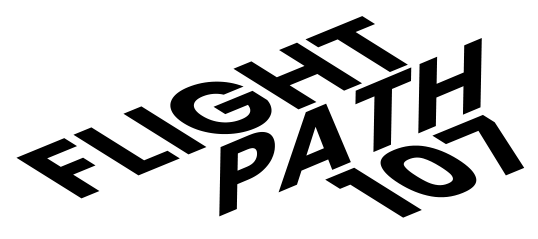Defining Civil Twilight
Drone Flight Before or After Civil Twilight
Civil twilight is the time right after sunset or just before sunrise when the sun is below the horizon but there’s still enough light to see without artificial illumination.
Part 107 defines civil twilight as the period beginning 30 minutes leading up to official sunrise and begins again ending 30 minutes after official sunset.
Drone pilots should accurately calculate these times for their operational planning.
As civil twilight sets in, changes in ambient lighting can lead to visual illusions such as autokinesis, false horizons, and loss of depth perception.
UAS Anti-Collision Lighting at Night
Anti-collision lighting on drones helps other aircraft and people spot your drone, especially in low light or bad weather.
3 Statute Miles Visibility Rule:
Part 107 mandates these lights to prevent accidents and ensure safety during flights.
You can legally fly during civil twilight as long as your drone’s lights are visible for at least 3 statute miles.
Anti-Collision Strobe Lights: Quantity Mandates
For night operations, the regulations require that a sUAS be equipped with at least one strobe light to ensure visibility. This single strobe light should be sufficient to make the drone visible from a distance.
While having additional lights can improve visibility, the minimum requirement is one strobe light to comply with safety standards.
Anti-Collision Strobe Lights: Dimming
The remote PIC may reduce the intensity of, but may not extinguish, the anti-collision strobe light if they determine that, because of operating conditions, it would be in the interest of safety to do so.
Example from in the field:
You’re inspecting a bridge at night with your drone. The strobe light reflects off the metal, making it hard to see clearly. You dim the anti-collision lights to reduce glare and inspect the bridge properly while staying safe and following the rules.
Visual Illusions
Anti-collision lighting on drones helps other aircraft and people spot your drone, especially in low light or bad weather.
Autokinesis:
Autokinesis makes stationary lights look like they’re moving, which can confuse drone pilots.
Staring at a far-off bright light (like the light from your drone) against a dark background can make it seem like the light is moving, even if it’s actually not.
To counter this, switch your focus between different distances. It helps your eyes adjust better to what’s around you. Furthermore, do not to stare at one thing for more than 10 minutes. It keeps your vision clear and helps avoid confusion.
Reversible Perspective
Reversible Perspective Illusion is when you can’t tell whether what you’re looking at is close or far away.
Pilots need to watch out for this because it can cause issues with your sense of distance and space while flying. By not staring at any one thing for too long, as well as using familiar landmarks, pilots stay on track and know exactly where they are.
Flicker Vertigo
Flicker Vertigo, or the strobe light effect, happens when pilots get disoriented from flickering lights, like those from propellers.
Be careful in lighting that makes flickering worse, like low sun angles.
False Horizon
False Horizon is when pilots get can’t distinguish where the real horizon is, especially in low light. It can disorient your sense of direction during flight.



